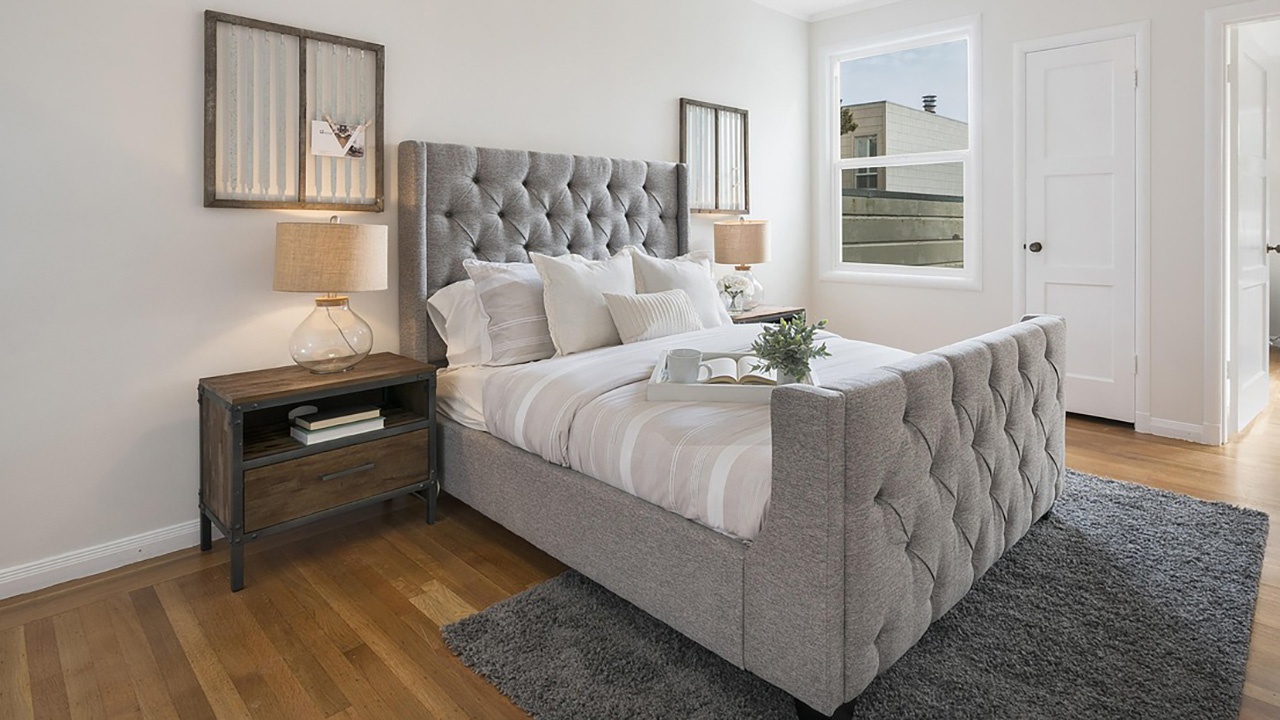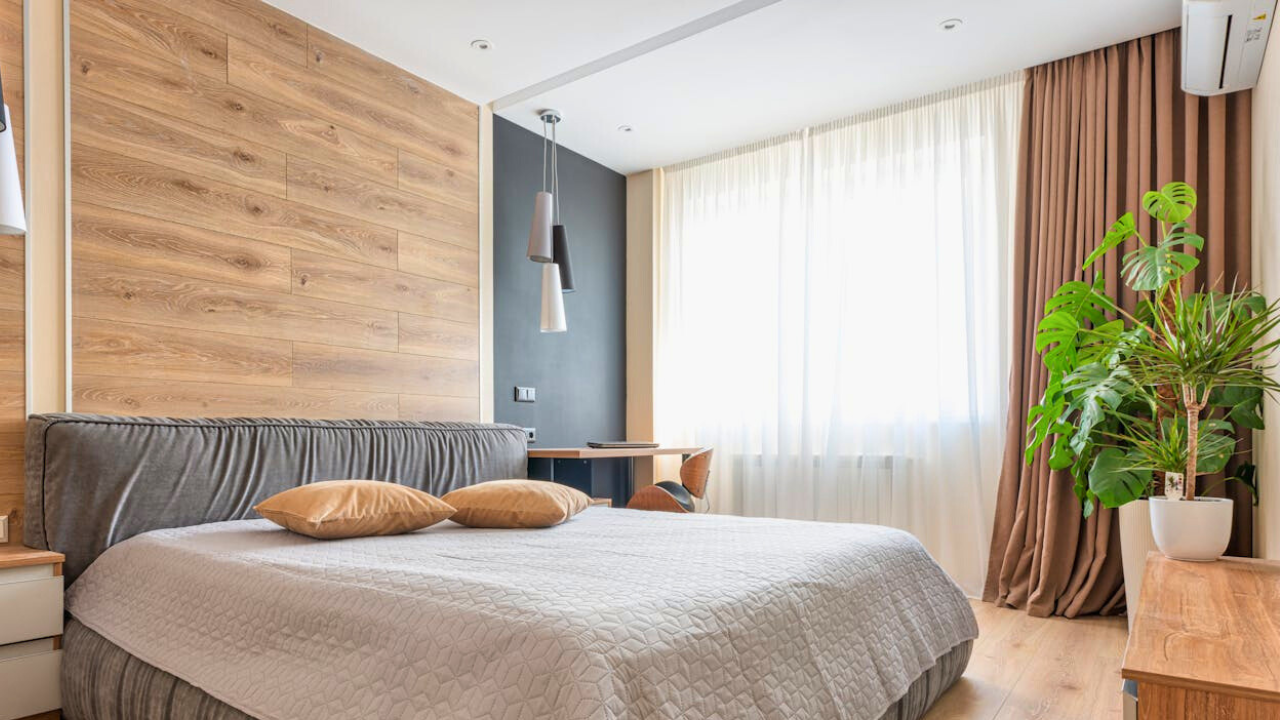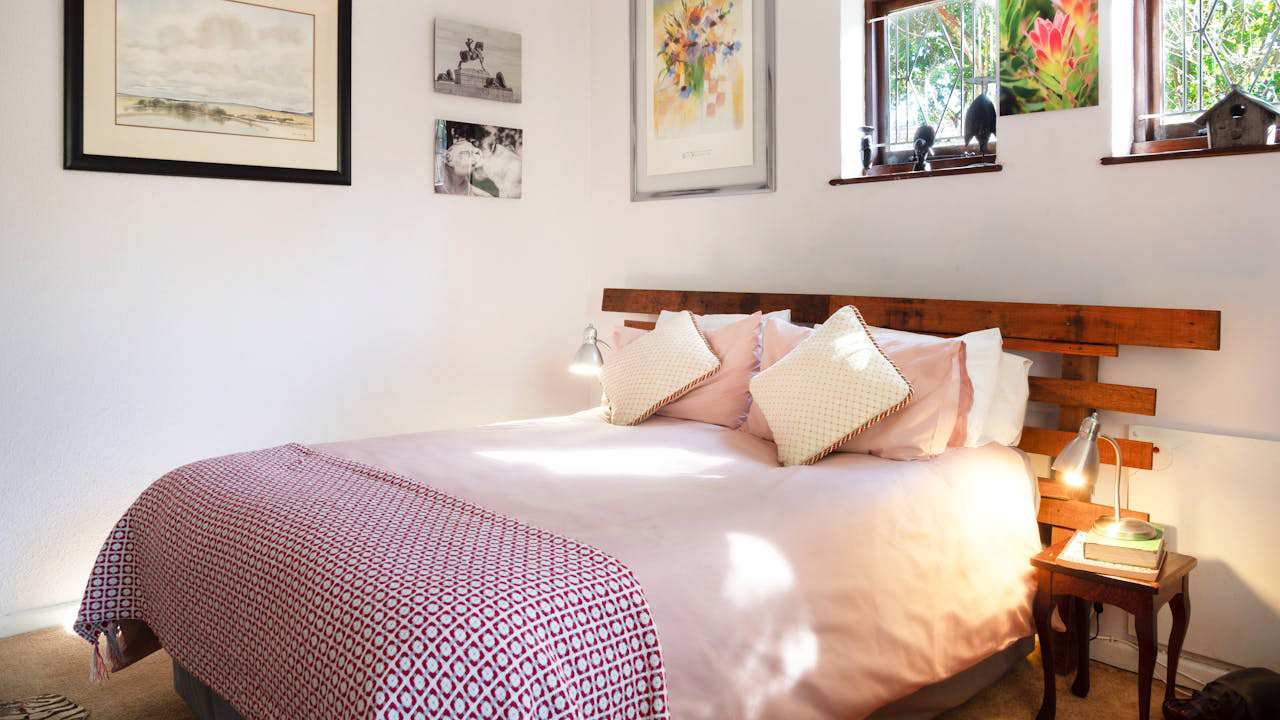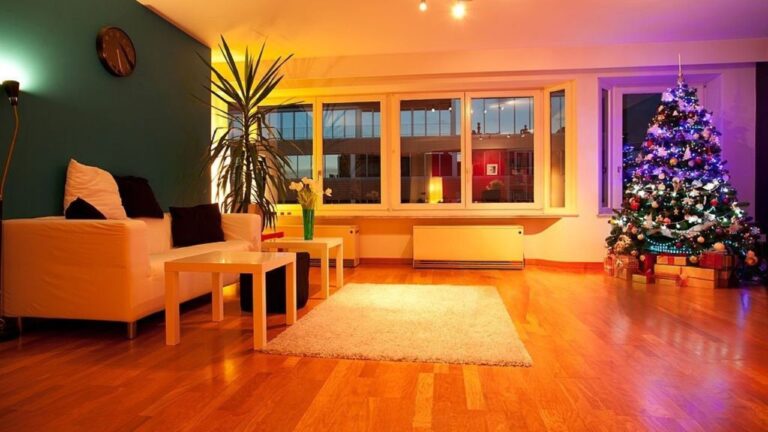What a designer would notice in your bedroom in the first five seconds
Designers scan a room the way mechanics listen to an engine. In a bedroom, the first five seconds tell the whole story: the bed line, the nightstands, the lighting, and the floor. Fix those, and the rest falls in line. You can do all of it in an afternoon with what you already own.
Here’s what they’d clock—and what to do about it.
The bed height and layers
If the mattress is too low or the duvet puddles, the room looks sloppy. Aim for the top of the mattress to hit your kneecap. Layer a simple coverlet under the duvet and fold the duvet to the foot to frame the bed. Two sleeping pillows stacked, two shams standing, and one lumbar pillow in front looks clean without being fussy.
Tuck the top sheet hospital-style or skip it and use a washable coverlet. Either way, make the corners crisp.
Nightstands that actually fit
Tiny tables with lamps swallowed by alarm clocks tell on a room. Nightstands should be within a couple inches of mattress height and wide enough to hold a lamp, a book, and a glass. If yours is too small, move a small dresser beside the bed or float a simple shelf at the right height. Screens and cords go inside a drawer so the surface stays calm.
Add one catchall tray so stray jewelry doesn’t clutter everything.
Lighting that flatters, not fights

Overheads in bedrooms are rough. Put two lamps at the same height with warm bulbs and use them ninety percent of the time. If you like to read, add a plug-in sconce or a clip light for focused light without raising the whole room’s brightness. Soft, layered light makes inexpensive linens look nicer and gives the room a calmer feel.
Put lamps on smart plugs so you can turn them off from bed.
The floor and rug placement
Designers look at the floor line. Cords, piles of clothes, and a rug that floats under the coffee table scream unfinished. If your rug is small, rotate it and tuck it under the front two-thirds of the bed. No rug? A simple runner on each side still warms the space and frames the bed.
Slide a low basket at the foot for the throw blanket so it doesn’t land on the floor.
Window coverings that fit the window

Short curtains cut the room in half. Hang rods high and wide so panels touch the floor and the window looks larger. If privacy is the issue, add a simple cordless shade and keep panels for softness. Matching panels to wall color makes the room feel serene and avoids busy lines.
Steam out the creases. Wrinkles cheapen the best fabric.
The extra furniture that doesn’t belong
Chairs stacked with laundry, office desks, and workout gear confuse the message. If you must keep a desk, choose one with drawers and a chair that tucks fully. Otherwise, move non-sleep items to another room and give yourself a clean bedroom again. Sleep first. Work somewhere else.
If space is tight, a small bench at the foot handles clothes without becoming a mountain.
Art and mirrors that ground the bed
One piece above the headboard hung at the right height works better than a collage that climbs the ceiling. A mirror opposite a window doubles light and makes paint look richer. Keep colors simple—black and white or soft landscape prints calm a space that’s already busy with pillows and wood tones.
Skip words on the wall. Let the room speak.
A designer sees frame, light, floor, and extras—fast. Now you do, too. Fix those first and your bedroom goes from “catchall” to “finished” without buying anything big. It’s about simple decisions and clean lines, not a new bed.







